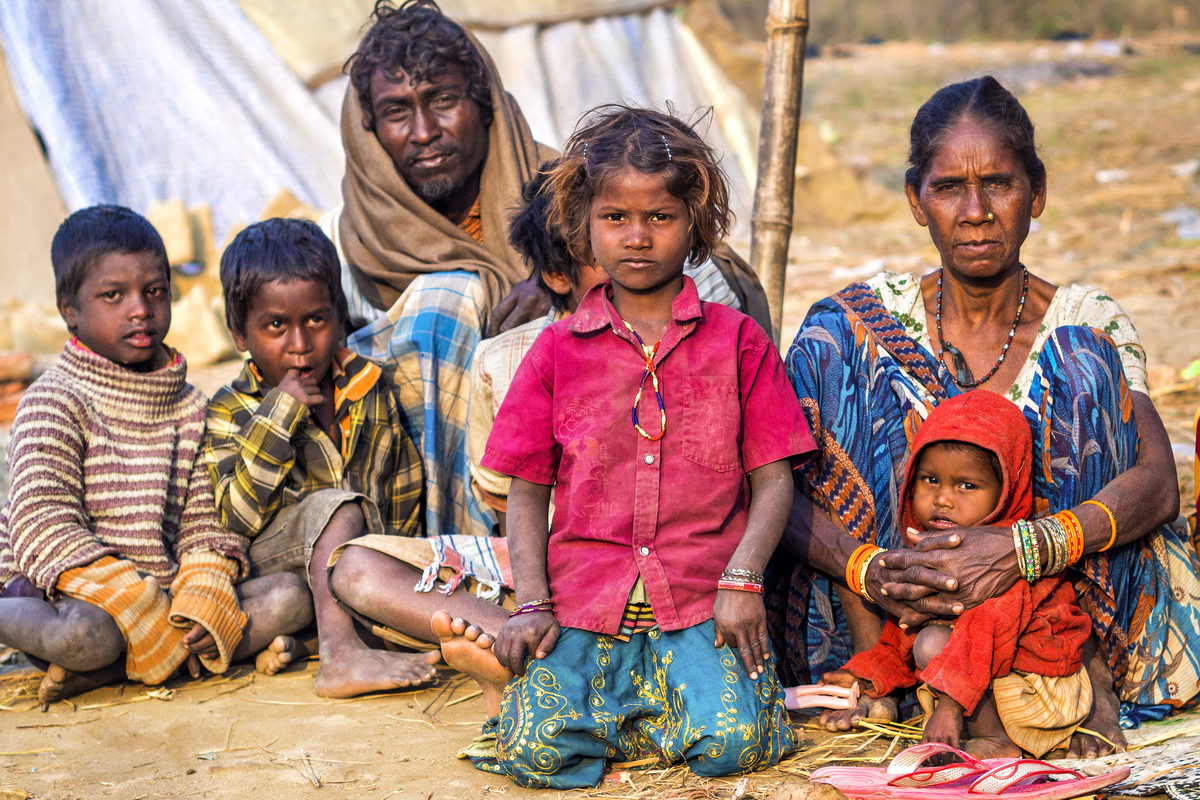World Food Day came and went on October 16, amidst the terribly gnawing feeling in the stomach caused by India’s current rank on the Global Hunger Index (GHI) of 117 countries at an ignominous 102. The Food and Agriculture Organization (FAO) data seems to doubly rub it in, emphasising that upwards of 19 crore Indians currently suffer from malnutrition and hunger. A country that is supposedly the world’s “fastest-growing trillion-dollar economy”, the seventh-largest overall, should pause to think about the depravity that these numbers represent but it chooses to focus more on feel-good calculations like those from the IMF about India being “poised to become the fifthlargest economy”, overtaking the United Kingdom this year.
Without questioning the validity and purpose of such data, the question that the ordinary Indian should be asking is to what avail is all this braggadocio when the country cannot even manage to feed its people. Since food production is not the issue; it would mean that Indians just do not care to make food accessible to all. Given this paucity of concern about the starving, it is no surprise that the severity of its hunger places India in the “serious” category on the GHI. While certain Niti Aayog-prompted accounts have provided belaboured explanations for India’s fall from its 2018 position of 95 on the GHI, they fail to explain why India should lag behind Nepal, Pakistan and Bangladesh or why Dhaka managed to buck the trend.
Advertisement
To India’s eternal shame, it is the manner in which it handles nutrition for the child that is most appalling. Just 9.6 per cent of children between months six and 23 in India have access to a minimum acceptable diet. The GHI data should have come as no surprise because even Unicef has tried to drive home the chronic under-nutrition with more than a third of the world’s “wasted” children in the country. Not that there are no government programmes for addressing the issue but they are probably inadequately constructed and poorly led because under-nutrition tends to remain under the radar.
There is little evidence of basing strategies, for instance, on low-cost, locally-available food, which may provide far greater sustainability and be easier to deliver through ongoing nutrition programmes. Regrettably, the criticality of guaranteeing that women in reproductive ages and babies are sustained for purposes of raising a healthy nation is lost on the Indian leadership, even when it is concerned about the financial well being of its citizenry. Why else would Gujarat and Maharashtra be among the leaders in the regime of the stunted and underweight?









